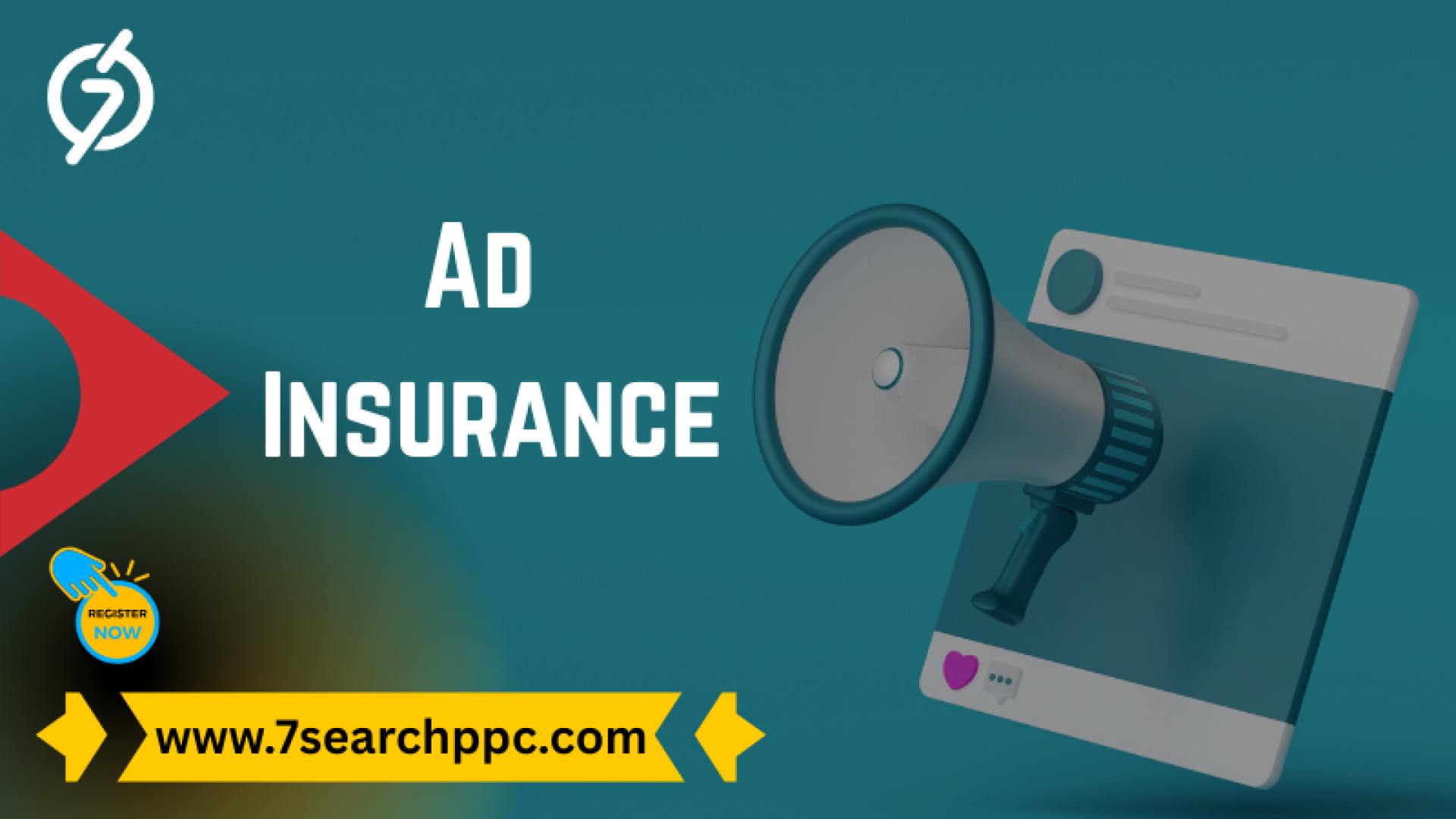Why Insurance Ad Campaigns Need More Than Just Numbers?

Insurance advertising has often been treated like a numbers-driven business. Click-through rates, impressions, cost per lead, and conversion percentages are the most common success measures. While these are useful, relying only on numbers can mislead brands into thinking they are running effective campaigns when, in reality, they may just be scratching the surface. Numbers tell you “what” is happening but rarely explain the “why.” That’s where the true gap in Ad Insurance strategy lies.
When Data Misses the Human Side
Think of an insurance promotion that gets plenty of clicks but fails to convert into real policyholders. On paper, the numbers look encouraging, yet the campaign doesn’t generate actual business. Why does this happen? Because most numbers are silent about emotional triggers, audience intent, or trust factors—elements that are often the dealmakers in insurance campaigns.
In short, data might highlight activity, but it doesn’t always reveal the value behind that activity. And in a highly sensitive sector like insurance, where people are cautious and deeply invested in their choices, overlooking the human side can turn promising campaigns into wasted budgets.
Beyond the Usual Metrics
Insurance promotions are not just about reaching as many eyeballs as possible. They are about building meaningful connections. People don’t buy an insurance policy because they clicked an ad; they buy it because the message resonated with their needs—security, trust, and future planning.
A good campaign should therefore balance hard metrics with soft signals. Sentiment analysis, user engagement patterns, and qualitative feedback are just as crucial as click numbers. For instance, if a campaign ad gets a lot of comments or shares, it signals higher relevance even if the cost per click looks average.
This is where campaign strategies for insurance advertising success can bring a shift. They emphasize blending numbers with insights into user behavior, tone of messaging, and even cultural alignment.
Understanding the Audience Layer
Every insurance campaign begins with data segmentation—age, location, income level. But audience layers run deeper than demographics. Psychographics—like risk tolerance, lifestyle preferences, or family responsibilities—determine why a person considers insurance in the first place.
- A young professional might look at insurance as a wealth tool.
- A parent might see it as a security net.
- A retiree may prioritize peace of mind over returns.
Campaigns that recognize these differences in mindset and communicate accordingly perform far better than those chasing broad numbers.
Building Trust with Clarity
Trust is the currency in insurance. Flashy advertisements without clear communication often do more harm than good. Insurance advertisements that explain coverage simply, avoid jargon, and highlight real benefits generate higher loyalty.
For example, instead of advertising “comprehensive life coverage at affordable premiums,” an ad that says, “Protect your child’s future with just 25 a day” feels direct and human. It reduces mental effort and increases relatability.
Moreover, advertisements that include social proof—like customer testimonials, quick claims success stories, or positive brand associations—often convert better than those only promoting price.
A Simple Observation
If you ask someone why they chose their current insurance provider, many will say, “Because I felt they explained it clearly” or “Because I trusted them.” Rarely will anyone cite “because the ad had 1.2% CTR.” That small observation reveals why human connection beats cold statistics in this sector.
Numbers + Narratives
The solution isn’t to ignore numbers but to combine them with narratives. Metrics give direction, but stories give meaning. Campaigns should be designed to do both—measure reach while also shaping perception.
- Using A/B testing not just to track clicks but also to test emotional responses.
- Adding human voices in creative elements, like short customer video testimonials.
- Creating relatable scenarios in display ads that mirror the daily concerns of your target audience.
When this balance is applied, the numbers themselves become more meaningful because they reflect campaigns that actually resonate with people.
Where Practical Help Comes In
For advertisers looking to refine their approach, it’s often useful to create a test campaign. Running controlled, small-budget campaigns allows you to measure how much human-driven messaging impacts actual results compared to purely data-driven approaches.
Such exercises not only reduce risks but also sharpen your understanding of what works in Ad Insurance.
Why Numbers Alone Can Be Dangerous
- False Positives: A campaign may show high reach but attract the wrong audience.
- Short-Term Wins: Numbers can indicate temporary attention but fail to build long-term trust.
- Ignored Insights: Focusing only on data may blind you to competitor moves or changing customer sentiment.
The danger is not in numbers themselves but in overvaluing them while undervaluing emotional and contextual factors.
What Smart Campaigns Look Like
A well-rounded insurance campaign often blends:
- Data Precision: Right audience targeting through digital platforms.
- Message Clarity: Simple, jargon-free ad copy.
- Trust Builders: Testimonials, certifications, or transparent pricing.
- Emotional Resonance: Stories and real-life connections.
When these pieces come together, numbers don’t just represent clicks—they represent conversations, trust signals, and actual relationships.
Closing Thoughts
Numbers provide the skeleton of an insurance campaign, but it’s the human touch that gives it life. An Ad Insurance strategy that only tracks clicks and conversions misses the essence of why people choose policies in the first place. Campaigns that merge analytics with empathy not only bring better results but also build lasting trust in a sector where trust is everything.
If there’s one takeaway here, it’s this: don’t stop at the numbers. Listen to the people behind them.


